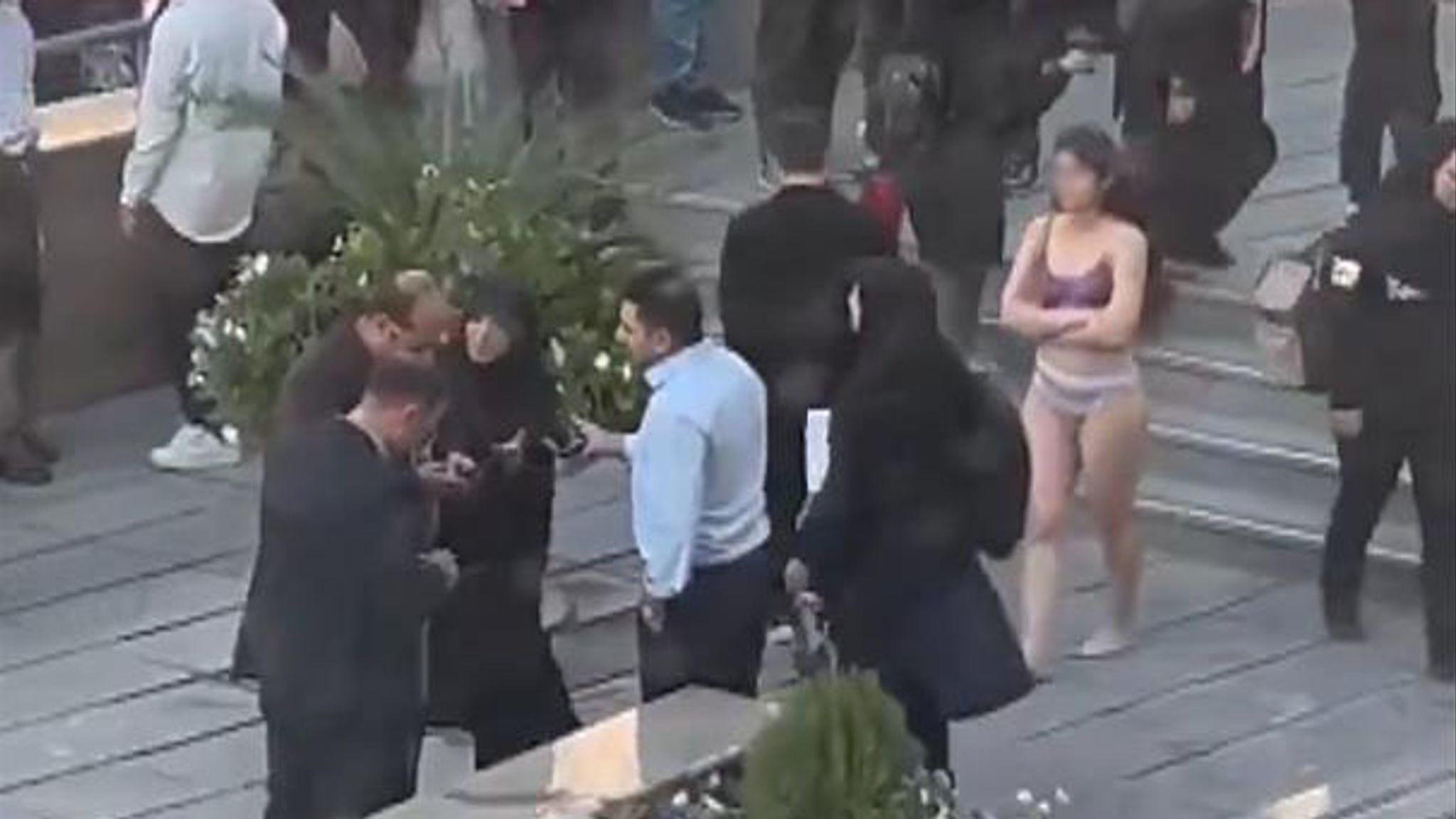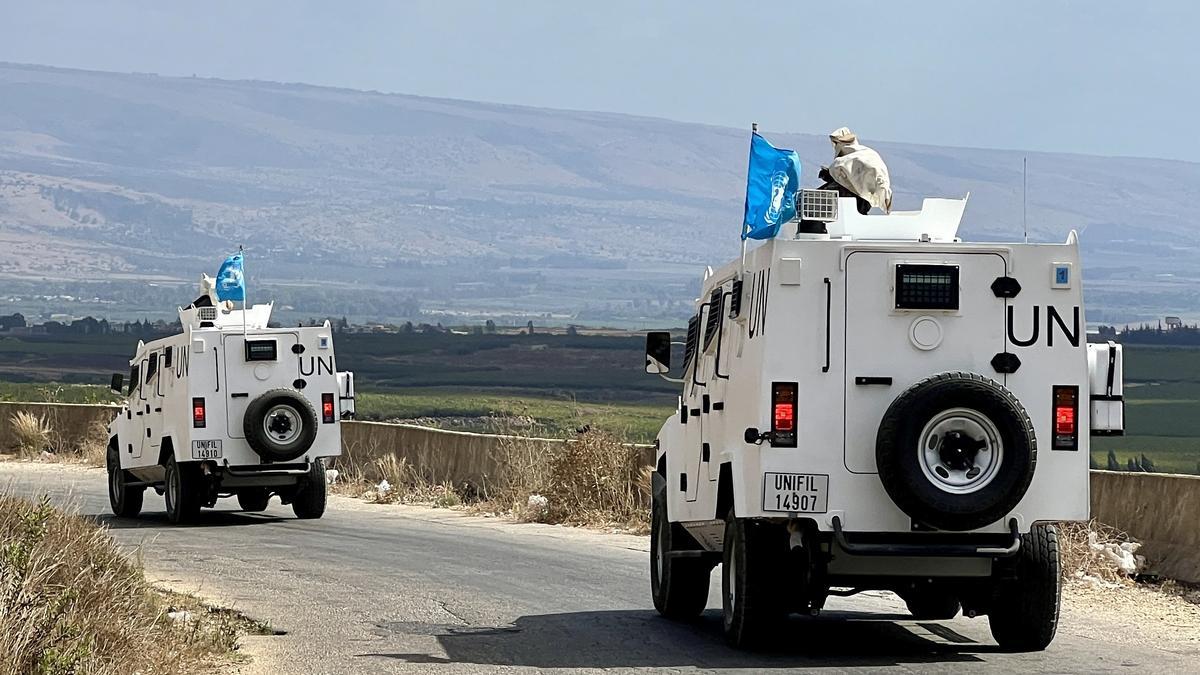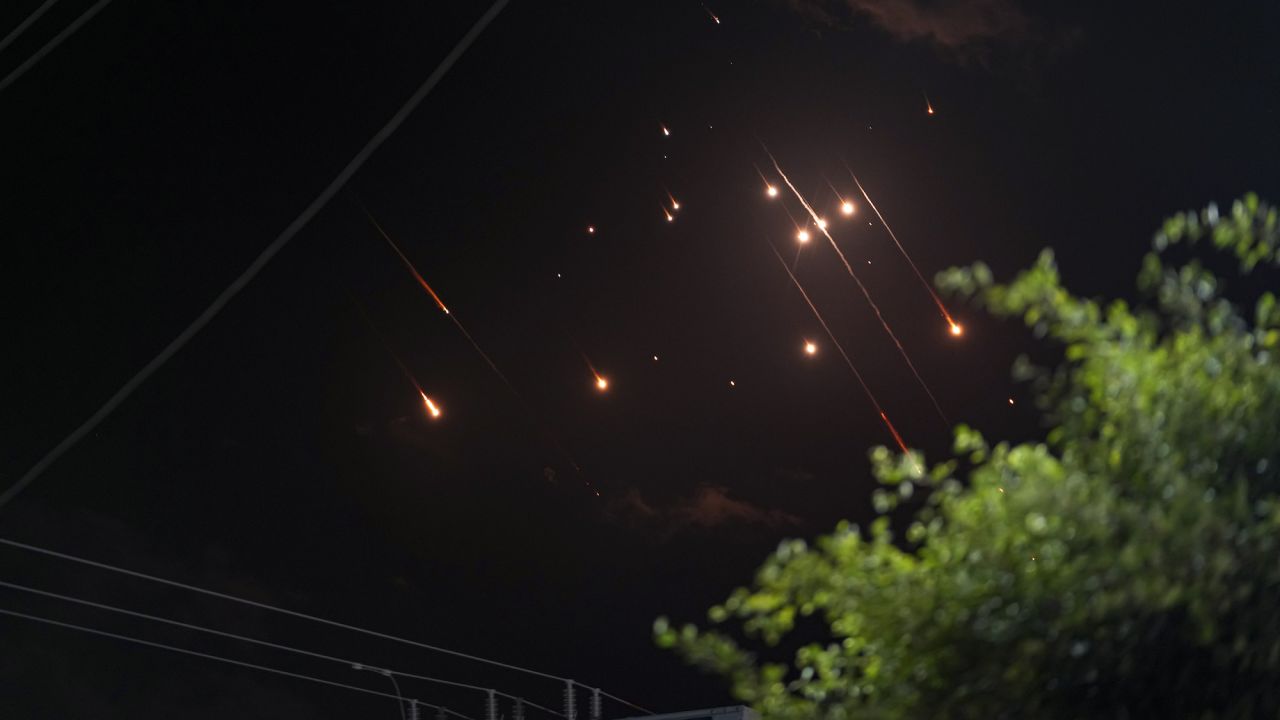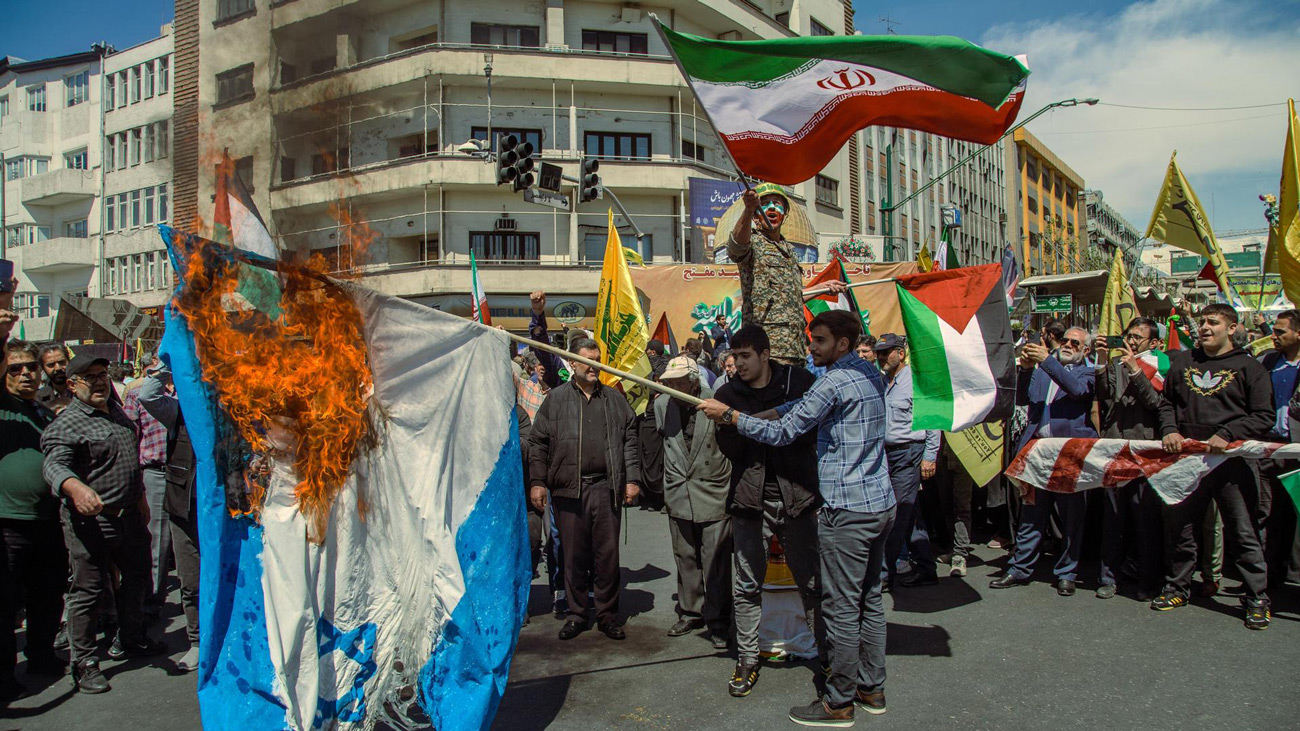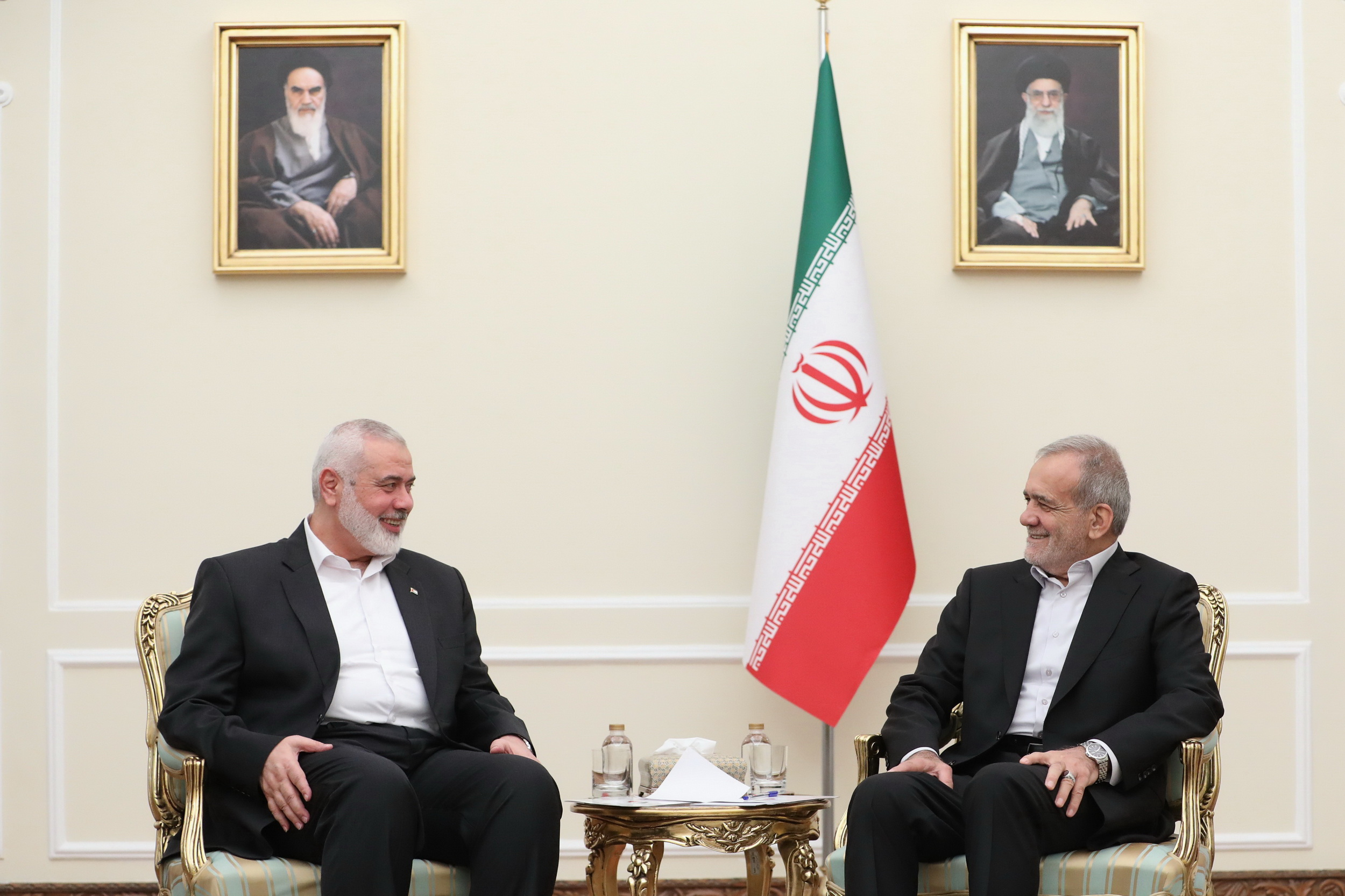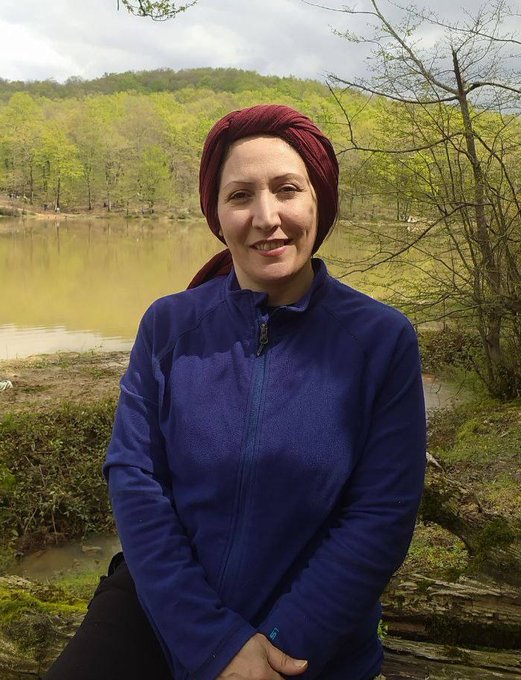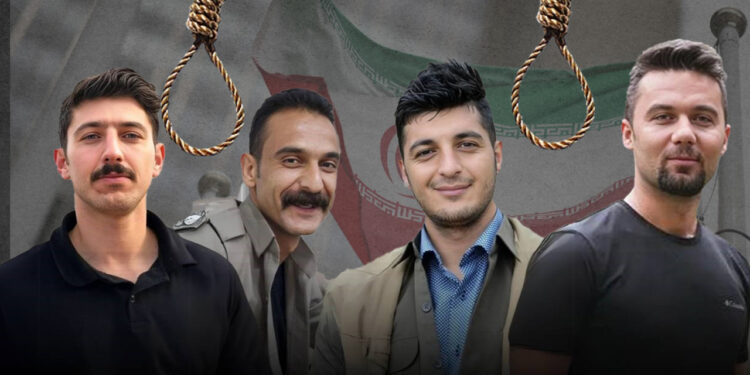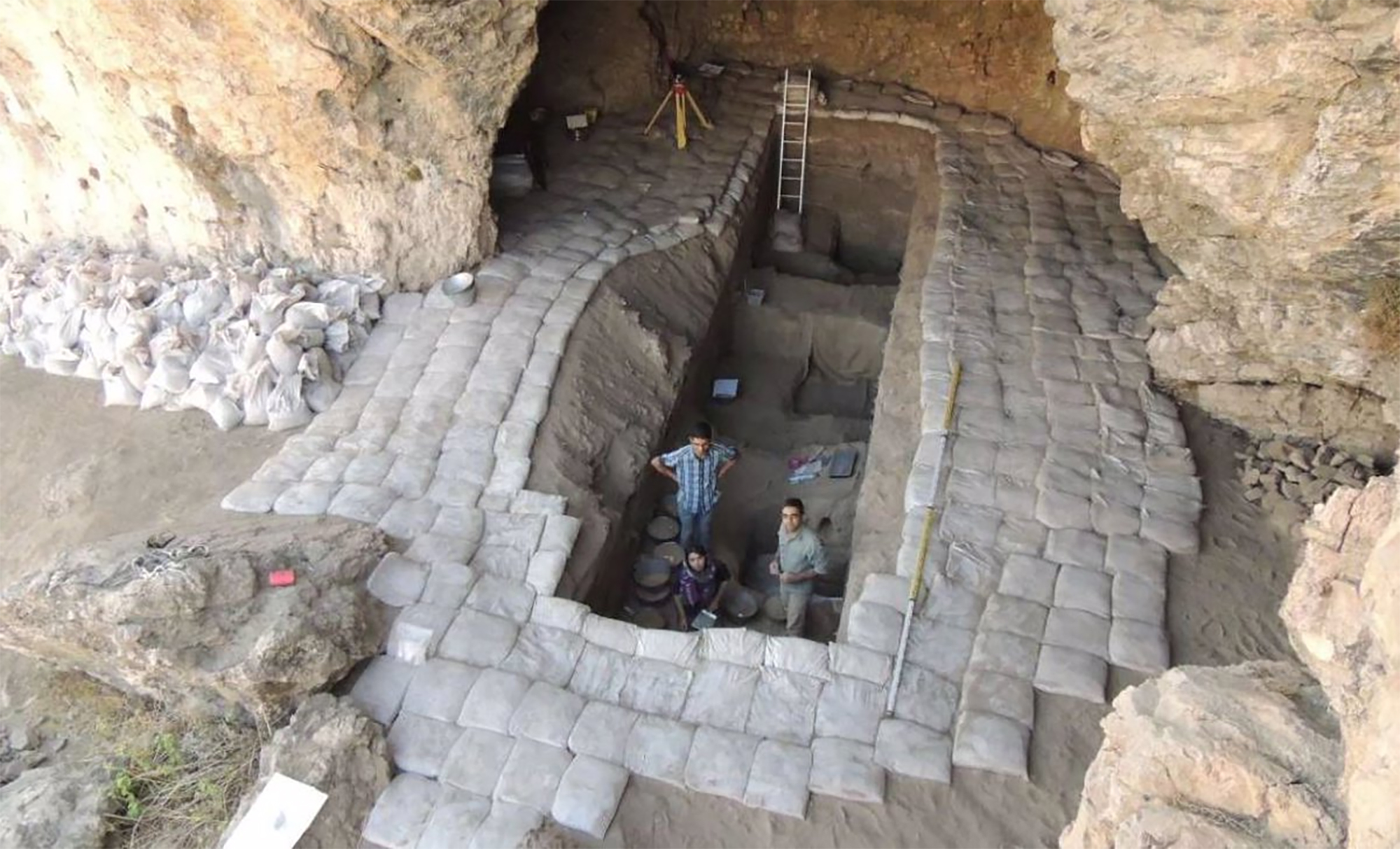
We entered the twelfth week of the longest protests in Iran since the Islamic Revolution of 1979. The origin of the demonstrations was the death of Mahsa (Jina) Amini, a 22-year-old Kurdish Iranian girl, who was arrested by the moral police for a bad way of bringing the dead during her visit to the Tehran family. Mahsa died a few days later in police custody. This has happened after the Islamic regime published new measures in mid-August to strengthen the use of AIDS in public places.
The Iranian regime responds to all protests with excessive violence. Since its inception on 16 September, according to data from NGO Iran Human Rights, 448 people have died from the hands of the state forces of the regime, including 51 minors. Several Iranian diaspora groups, present in the United States, Canada and Europe, have denounced the events taking place in their country of origin, organising demonstrations, concentrations and training activities to help the Iranian people in their places of residence. The UN has also participated in this and on 24 November it set up an independent international mission to investigate human rights violations that have occurred since the protests began. The mission was led by Germany and Iceland, with 25 votes in favour, 6 against and 16 abstentions. The Iranian government announced on 28 November that it will not cooperate in the investigation.
Since the end of the nineteenth century, the Iranian people have been leading a series of events of non-violent struggle, leading two revolutions in the twentieth century. With the first (1905-1911) he managed to create a parliament and with the second (1979) he managed to eliminate from power the autocratic regime of Reza Shah Pahlavi. In this long history of civil resistance, the feminist movement has played a fundamental role. According to the Workers Union of Iran, between March 2021 and March 2022, 4122 labor protests were recorded, 115% more than the previous year.
The death of Mahsa (Jina) Amini has been the drop that has caused increased voice in the streets of the Iranian people. These civil resistance actions are led by women. These achievements are also characterized by intergenerality and geographical extension, as well as by their linkage and consolidation through work and student strikes.
The Iranian people were called on on 28 June last to vote to elect their new president, at a particularly difficult time at geopolitical level, for the genocide against the Palestinian people of the Israeli Government and the role that countries such as Iran play in that... [+]
Over the past decade, France, the United Kingdom and the United States invaded Syria by breaking international law. In 2024, Washington still has a dozen military bases to occupy Syria and steals much of the country’s oil. Israel occupies the territories of Syria and... [+]
In the cave of Ghar-e Boof, south of the Zagros range in Iran, there have been no bones of hominids, but there have been animals eaten by them some 80,000 years ago, namely 941.
The study of these bones allowed us to know the diet of the time. The Scientific Report magazine has... [+]









